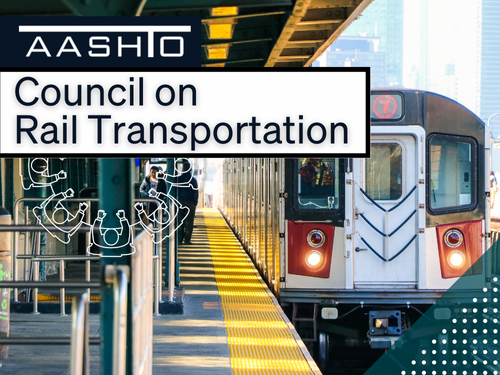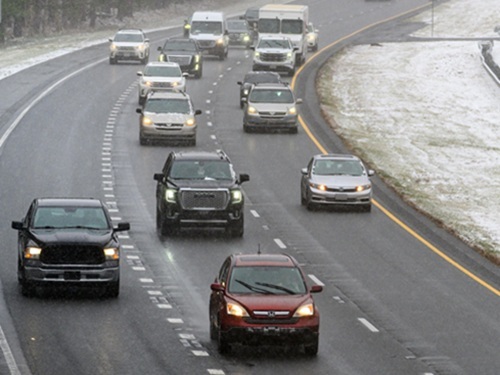A new study by the National Highway Traffic Safety Administration highlights the “pervasiveness” of alcohol and drug use in serious and fatal crashes involving drivers, bicyclists, and pedestrians.
[Above photo by NCDOT]
The study – which included participation from seven Level 1 trauma centers across the country – examined the prevalence of alcohol and legal, prescription and illegal drugs in the blood of a large sample of seriously or fatally injured drivers and other crash victims, including bicyclists and pedestrians.
The study found:
- Some 56 percent of seriously or fatally injured road users tested positive for alcohol, or some type of drug known to have potentially impairing effects.
- The presence of cannabinoids (25 percent) and alcohol (23 percent) were most prevalent, followed by stimulants (11 percent) and opioids (9 percent).
- The study found two or more drugs present in 18 percent of cases with serious injuries and 32 percent of the fatalities.
As a result, NHTSA has launched a “high-visibility” enforcement campaign that runs from December 14 through January 1 to encourage the use of ride-hailing services in order to reduce impaired driving incidents.

“Making a plan for a safe, sober ride home is critical to saving lives this holiday season,” said NHTSA Acting Administrator Ann Carlson in a statement. “I urge everyone to do their part to end these preventable tragedies by always driving sober, designating a sober driver, using public transportation or calling a taxi or ride-hailing service.”
The U.S. Department of Transportation adopted a new comprehensive National Roadway Safety Strategy or NRSS in January 2022 in an effort to address what it characterized as an “alarming rise” in roadway fatalities via “systemic changes” to prevent such “tragic and avoidable deaths and serious injuries.”

“We have to take responsibility for the fact we have a shocking number of roads deaths in our country,” noted USDOT Secretary Pete Buttigieg in a speech during a wide-ranging talk at the 2022 Annual Meeting of the American Association of State Highway and Transportation Officials in October 2022. “We act like it is normal, but it is not. We cannot let it go on.”
In particular, he is looking to state departments of transportation to incorporate safety more broadly into all aspects of their work.
“There are many choices you make that impact safety: The way a road runs, the way interchanges work, providing more pedestrian and transit options,” Secretary Buttigieg said.” There are lives at stake. In the military, if you save three lives on the battlefield, you win a medal. Yet everyone at this table has a chance to save hundreds of lives every day.”
AASHTO has expressed its support for the USDOT’s NRSS even as state DOTs are also concurrently working to find ways to reverse the rise in roadway fatalities over the last two years.
“The number one priority for state DOTs is safety, but even still, we’ve seen an unacceptable increase in roadway fatalities during the pandemic,” stressed Jim Tymon, AASHTO’s executive director.

“We welcome the renewed focus that Secretary Buttigieg proposes in the National Roadway Safety Strategy, particularly by more fully implementing proven countermeasures and creating new partnerships for cross-cutting solutions,” he noted.
“We also believe that the increased funding for safety in the Infrastructure Investment and Jobs Act present opportunities to leverage resources to make a difference in addressing these unacceptable fatalities,” Tymon added. “States stand ready to work with all stakeholders to more holistically and adequately address this crisis.”
That is also why the Governors Highway Safety Association, along with Lyft and the Foundation for Advancing Alcohol Responsibility, is simultaneously spearheading an effort to provide sober-ride funds to State Highway Safety Offices, explained.
“The uptick in multi-substance impaired driving is not only troubling, but also frustrating because it is preventable,” Johnathan Adkins, GHSA’s executive director in a statement. “That’s why GHSA remains committed to working with our state and organizational partners to support initiatives that prevent alcohol- and drug-impaired driving.”
 Nation
Nation
Registration Open for AASHTO’s Winter Rail Meeting
December 19, 2025 Nation
Nation

